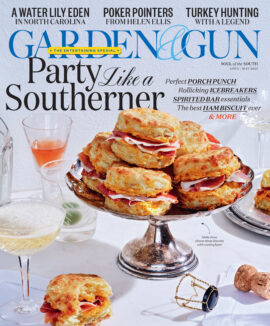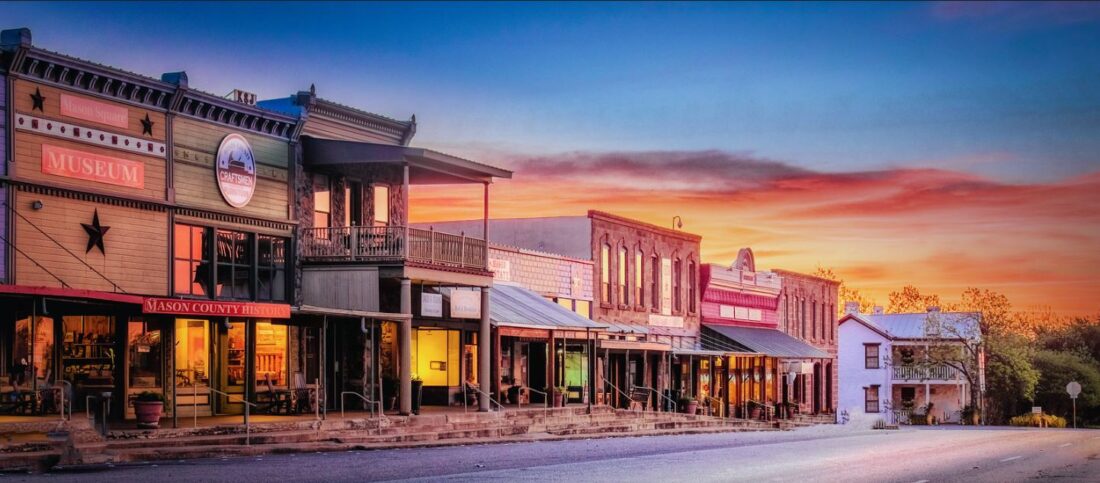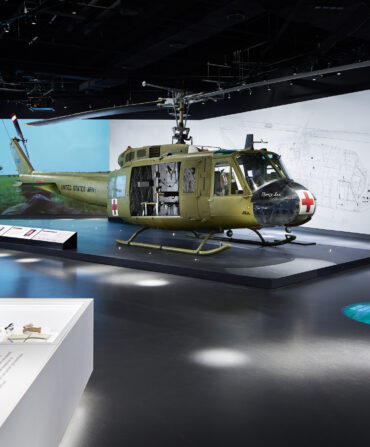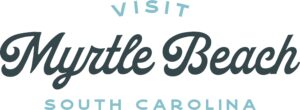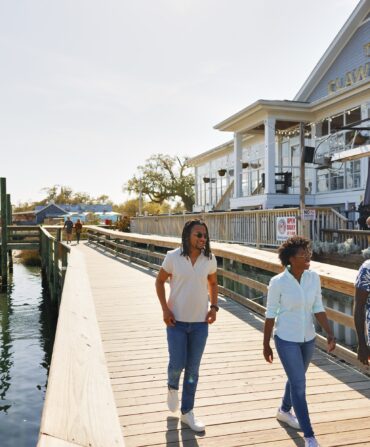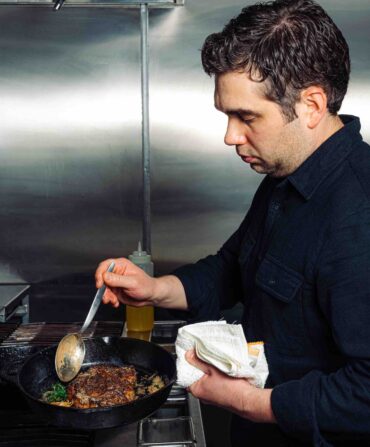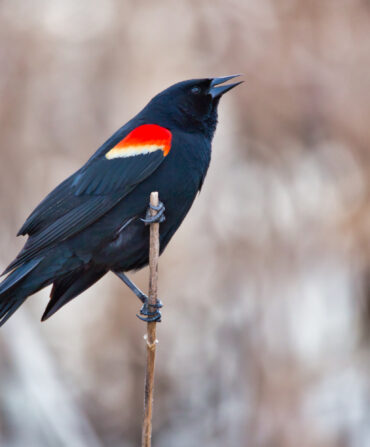Downtown Mason, Texas, appears unchanged from its nineteenth-century origins. A walk along the Courthouse Square recalls the isolation and mystique of the Old West, the petite town unexpected within the endless Hill Country terrain of secluded ranchland, fertile vineyards, and towering trees. In 1851 Mason was a frontier town, named for the newly established Fort Mason, a wall between settlers and the native Kiowa, Lipan Apache, and Comanche people. Today, only one outpost remains—reconstructed officer’s quarters on the same grounds as the once-imposing twenty-five-building complex.

Downtown Mason’s etched rooflines, straight-frame buildings, sweeping wood balconies, and false-front facades don’t instantly suggest an avant-garde art, culinary, and wine scene. But local geology—a composite of sandstone, decomposed granite, shale, and limestone—yields mineral-rich soil that supports a top-tier wine region and several natural wonders. The Llano River flows east through Mason County, a slack waterway enveloped by towering, banded rock formations. Visitors to Mason can explore seven downtown wine-tasting venues, a vast limestone cave that shelters the largest bat nursery in the United States, and three scenic wildflower trails—then fish, camp, float, and paddle through a tranquil and rugged stretch of river that makes it easy to picture a wilder past. Here are a few ways to get a taste of the town.
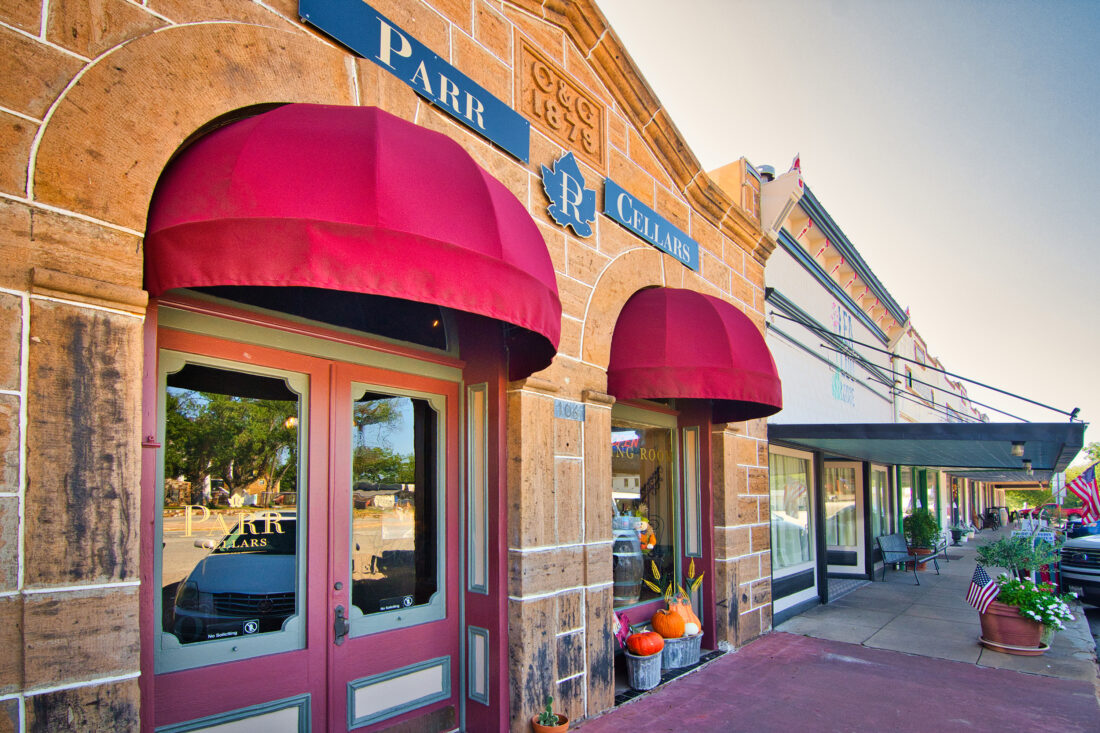
History
Deep-dive into Mason’s history at a replica of the fort—part of a fifty-site downtown walking tour—and at the Mason Square Museum, where exhibitions speak to the Native American history of the region, the events of the 1875 HooDoo War, and Texas’s early German settlements. The largest Texas topaz ever unearthed, at 6,480 carats, also resides here, on loan from the Smithsonian; the state gemstone has only been found in Mason County. The Mason House Hotel, a stately downtown anchor with a sweeping wooden balcony, dates back to 1869.
Outdoors
Lindsay Ranch Guesthouses publishes a comprehensive list of accessible Llano River crossings from Mason. In addition to getting out on the water, hunt for whitetail deer, wild boar, dove, and turkey on wild game ranches, taking advantage of what Tesha Parr Solomon, the business manager of Mason’s Parr Vineyards & Cellars, calls “a hunter’s paradise.”

Roughly four million Mexican free-tailed bats breed at the Eckert James River Bat Cave Preserve between May and September. Bats are critical to supporting local ecosystems through pollination and pest management; the Nature Conservancy has protected this site for public enjoyment and interpretation since 1990. Golfing types can play nine holes on the Comanche Creek course, which bears the distinction of being built and maintained by community volunteers.
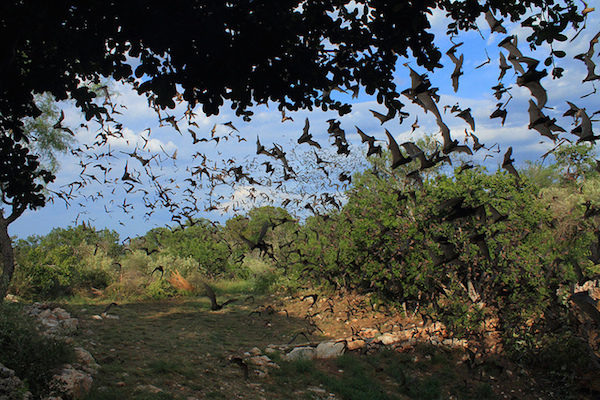
Culture
For arthouse, classic, and new-release films as well as live concerts and events, visit the Odeon Theater; locals spearheaded preservation of the 1928-built site. Mason native Fred Gipson wrote the beloved novel Old Yeller in 1956, and Disney’s adaptation screened here in 1957.
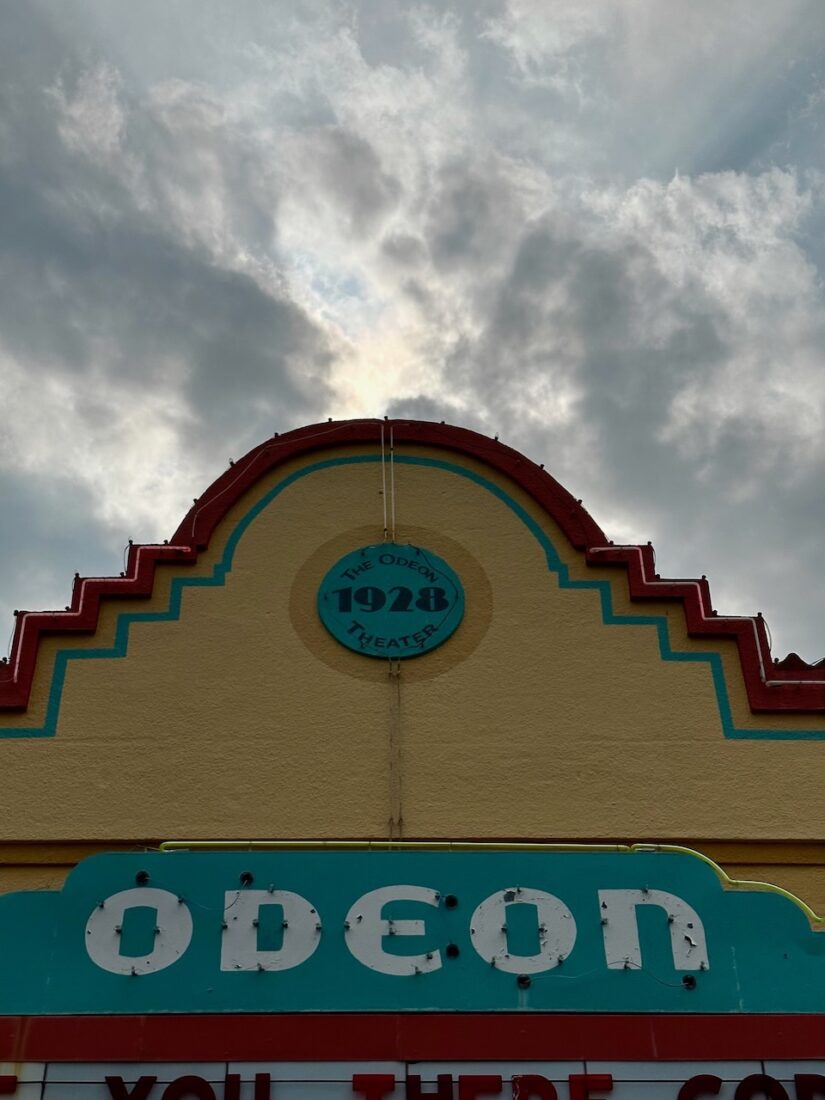
Be sure to stroll the square and browse for antiques, art, and home goods, and keep an eye on the city’s calendar in late September for Old Yeller Day, which commemorates Gipson’s legacy with a dog parade and lookalike contest, storytelling from literary luminaries, and more festive programming. The biannual Mason Arts & Wine Festival is held in spring and fall.
On the first Saturday of each month, tour the Seaquist House, a twenty-two-room Italianate mansion that dates back to 1887, just north of Courthouse Square. The Seaquist House Foundation also hosts holiday events in November.
Wine and Food
Local grape growers and winemakers have recently allied to establish two new American Viticultural Areas, the Hickory Sands District AVA and the Llano Uplift AVA, to articulate what makes this part of Texas Hill Country so prolific for grape growing. Sample it for yourself: For artful merlot and cabernet, visit Bill Blackmon’s new tasting room next door to the Odeon; Blackmon cofounded one of Texas’s largest wineries, William Chris Wines, in 2008. For reds reflecting the complexity of extended barrel aging, visit the tasting room for Robert Clay Vineyards. Stop into Parr Vineyards for wines made from French, Spanish, and Portuguese grape varieties; Parr’s 2013 Touriga Nacional Reserve recently won a double gold medal at the San Francisco Chronicle Wine Competition, and its 2019 mourvédre earned a gold.

Fly Gap Winery is situated in a 1916-built structure that predates the Odeon as Mason’s first theater. Here, owner Brock Estes hosts lively events and makes dynamic, earthy red blends from locally sourced Italian and French grape varieties. Sandstone Cellars Winery is often credited with pioneering viniculture in Mason; be sure to eat at Sandstone’s companion restaurant, Santos Taqueria, where Tex-Mex cuisine pulls from the Silerio family’s heritage in Durango, Mexico. Or pop into Willow Creek Café and Club for “Texas-sized” pancakes, tacos, cocktails, and pies, or Cooper’s Original Pit Barbecue, founded in 1953.

